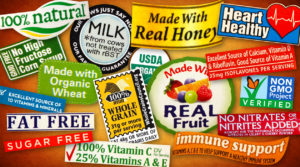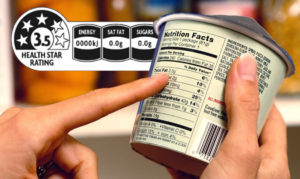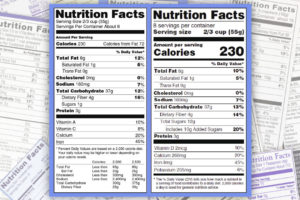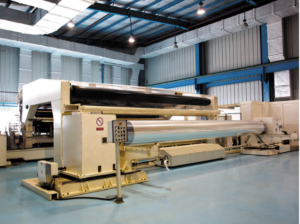Food labeling is crucial. This labeling is not only for legal conditions for the manufacturer but also provides assistance to the customers in making educated buying choices, storing procedures, and having fresh foods. The regulations are the same in equipping cafes or supermarkets. As a result, you must comprehend your responsibilities and the significance of food packaging while using the China polyester film or BOPET films or BOPP films.

Legitimate Food Packaging Requirements
As a food manufacturer, you are obligated by law to label all of your goods properly. Failure to follow this may result in serious repercussions. If authorities find you involuntarily hospitalized, they’ll issue you an improvement or prohibition notice, which will explain what you’re doing wrong, which regulations you’ve breached, what measures you need to do to comply, and when you need to comply.
You may continue to produce after receiving an improvement notice, but you must follow all of the actions stated to bring your organization into an agreement within the allotted period. You will be committing an infraction and may face prosecution if you choose to disregard an improvement notice and remain non-compliant beyond the stipulated deadline. Labels on pre-packaged foods must provide the following information:
- The food’s name must accurately reflect your product and not be deceptive or misleading.
- An ingredient list. The heading must be ‘Ingredients,’ and the ingredients needed to manufacture the product must be listed in decreasing order of weight.
- The proportions of various substances. If you emphasize a particular component on your product’s packaging, such as “Chicken Burgers,” the amount of that item must be expressed as the ratio in the nutrition label. Take, for instance, chicken (75 percent ). This is also required if the component is highlighted with a visual or design, including a cartoon fruit on yogurt packaging, or if the product must be distinguished.
- Any use instructions, such as preparation instructions if applicable. This contains the kitchen equipment, temp, preparation time, and other special preparation instructions.
- Best before or use-by dates. You will assist consumers store and utilizing their food correctly and avoiding food waste by including these dates on your items.

- Instructions for storage These guidelines will help your customers store items correctly before and after opening the package, ensuring they are safe to eat. ‘Keep in a cold, dry location,’ for example. Refrigerate after opening and use within 3 days.’
- Contact information Include your company’s country of operation, name, and contact information.
- Origin or provenance of a product. If your product was acquired from someplace else, you must not make the claim that it originated there. For example, you cannot claim that the tuna in your product was caught in Canada, delivered to the UK, and processed into a pre-packaged meal.
The Value of Food Labels
By law, your food products should have labels. They are crucial for various reasons. They assist customers in making educated purchasing decisions, store and use food securely, and plan when they will eat it, all of which help minimize food waste.
The remainder of this essay will discuss why label regulations are necessary and how they assist customers in making purchasing decisions.
Background Information
Consumers care about where their food originates, so make sure you label it. Many individuals choose local suppliers to support local farms while reducing their carbon impact.

There are also various moral and political reasons why someone would choose one good over another. Someone could choose to purchase fair trade, organic, or free-range products. As a result, it’s critical that you appropriately mark your produce’s origin so that customers know where their food originates from.
Production
Information on the food’s production aspects might include:
- Halal.
- Kosher.
- Organic.
- Free to roam.
A lot of people care about how their food is cooked. Including information about your product’s manufacturing techniques may help people make informed judgments about which items they want to consume, whether religious, cultural, or ethical.

What to Think About When Choosing Food-Safe Packaging
When selecting a food-grade packing material, think about the product’s intended function and how your customers could use it. Consider:
- What kind of food-safe material will be used for the packaging like from a polyester film manufacturer or other film manufacturers?
- What type of food is going to be packaged? Will the packing be corroded?
- Is the container still safe to consume if it contains hot food or is cooked inside it?
- Will the container you choose the product’s shelf life?
- What kind of environment will the food and packaging be exposed to?
- What will happen to the packaging?
- What will the cost of packaging and delivery be?
- Will the package be stackable and able to handle stacking weight?
- Is there a barrier between the food and infection or rotting in the packaging?
Overall, the larger perspective of the environmental impact and the barrier properties should be addressed when eliminating plastic or adopting a non-plastic packing material. A food-safe mark does not ensure food quality and safety in every situation, and you should constantly also assess how the consumer will utilize the box. Request proof from the packaging provider that the materials meet the appropriate specifications.






